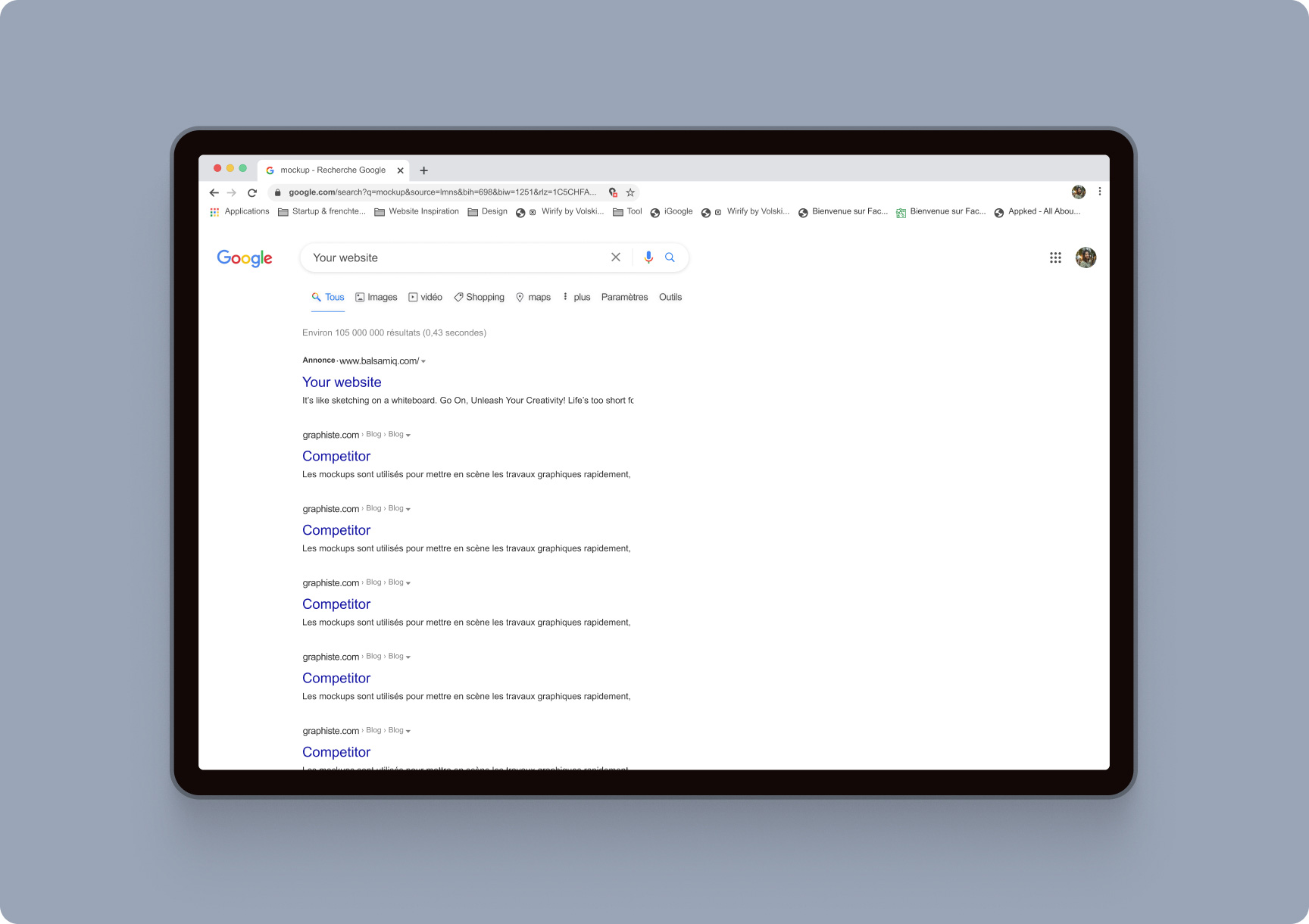When it comes to developing a website, design, functionality, and user experience tend to be the focal points. There are a few technical SEO aspects that can influence search rankings that typically fly under the radar for developers. Failure to resolve them can result in poor indexing, reduced search visibility, and less organic traffic. Throughout this article, we'll discuss the most prevalent technical SEO errors that might hinder your site and how to correct them.
Invisible Factors Impacting Your Website's SEO: What Developers Tend to Ignore

Optimization of Page Load Speed
Page speed is an important ranking consideration. Pages with poor performance give poor user experience, bounce rate rises, and high search result ranking chances are reduced.
How to Improve Load Speed:
- Use more recent image file formats such as WebP and AVIF over PNG and JPEG.
- Enable Gzip compression and enable Brotli compression.
- Use server-side and browser caching.
- Minimize JavaScript, CSS, and HTML.
- Utilize a Content Delivery Network (CDN) to enhance efficient delivery of content.
Semantic Markup and Clean Code
Search engines parse HTML structure in order to gauge relevance of pages. Clean, well-formed code enhances usability and SEO.
Best Practices:
- Use proper heading hierarchy (h1–h6) to effectively organize content.
- Add alt attributes to images
- Avoid too much JavaScript that inhibits indexing.
- Use schema.org markup with structured data (i.e., breadcrumbs, rating, contact details).
Mobile Responsiveness Problems
After Google's Mobile-First Indexing change, mobile-first websites are ranked and indexed first.
Principal Mobile SEO Considerations:
- Offer fast page loading for mobile pages.
- Confirm proper rendering of all the content items
- Avoid duplicate sections and small fonts.
- Make navigation simpler for mobile users
Structural Issues and Duplicate Content with URLs
Search engines prefer clean, well-structured URLs and penalize sites plagued with duplicate content issues.
How to Address These Problems:
- Use human-readable URLs (i.e., /blog/seo-mistakes instead of /post?id=1234).
- Use 301 redirects and canonical tags to fix duplicate content.
- Avoid dynamic URLs containing tracking parameters or session IDs.
- Use noindex tags as well as robots.txt to prevent unnecessary pages from being indexed.
Internal link errors
Proper internal linking facilitates indexing and enables you to distribute page authority across your site.
Best Practices:
Link related pages to one another naturally.
- Use descriptive anchor text.
- Avoid having too many internal links on a single page.
- Use breadcrumb navigation to enable usability.
Security Problems and HTTPS Adoption
Google incorporates HTTPS as a ranking signal, and non-secure sites trigger warnings in browsers, reducing trust by users.
How to Enhance Security:
- Update and deploy your SSL certificate.
- Use HTTP Strict Transport Security (HSTS).
Disable outdated security settings (for example, TLS 1.0 and TLS 1.1). - Fix mixed-content issues when certain resources are loaded over HTTP
Conclusion
There Technical SEO constitutes an essential aspect of web development. Not taking them into consideration can lead to lower rankings, poor indexing, and reduced visits. With site speed optimization, proper usage of markup, mobile website responsiveness, well-structured URLs, internal linking optimization, and added security, web developers are able to greatly enhance a website's search performance. By optimizing with these best practices, your site will not only become more usable but also rank higher in search engines too.



